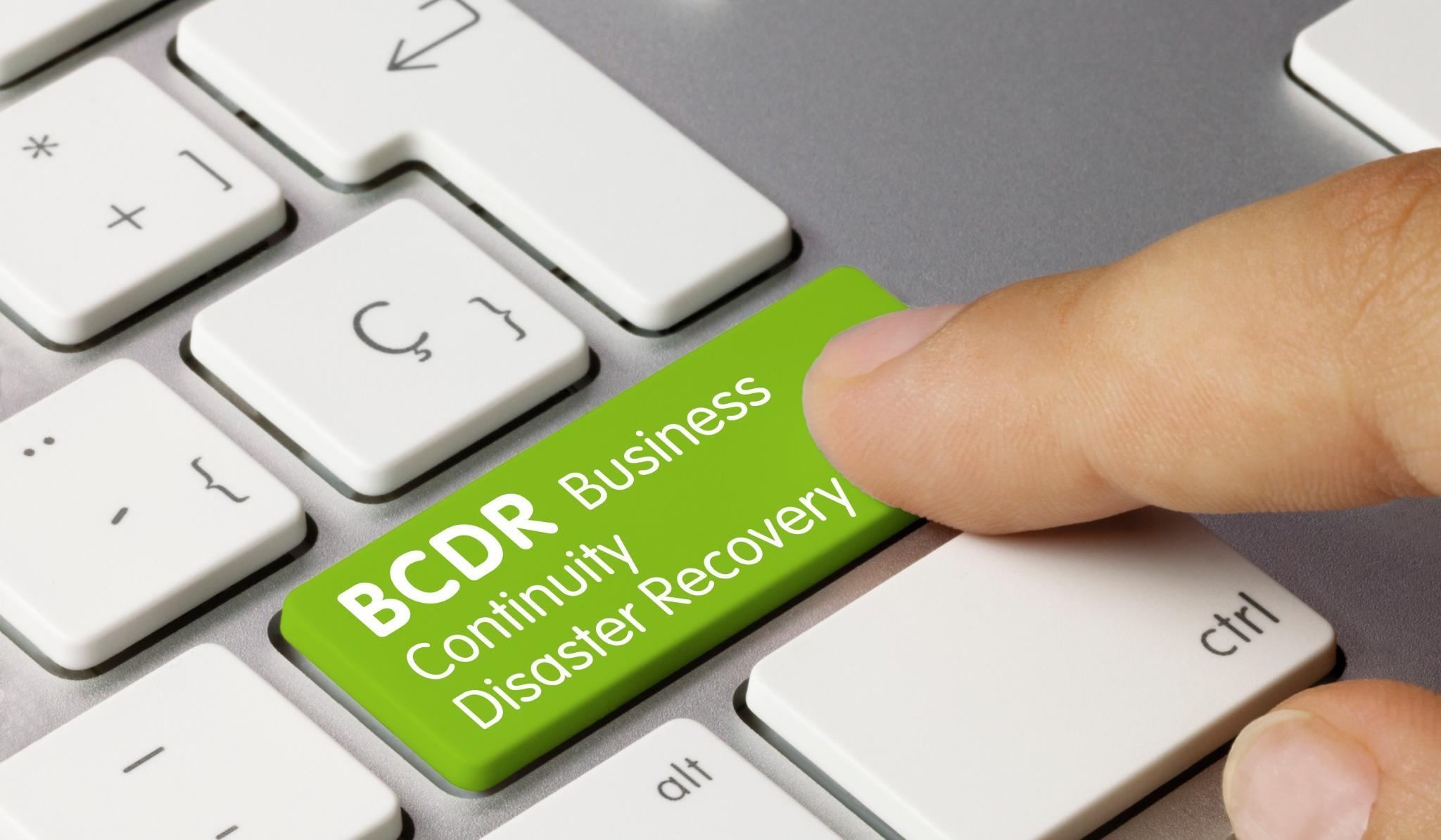3 min read
The Importance of Regular System Backups and Disaster Recovery Plans
Henry : Jul 31, 2024 8:00:00 AM
On July 19, 2024, the cybersecurity community was shaken by an unprecedented event. CrowdStrike, a prominent American cybersecurity company, distributed a faulty update to its Falcon Sensor security software. This update led to the crash of approximately 8.5 million Windows computers worldwide, resulting in the largest outage in the history of information technology. The scale of the disruption was historic, affecting daily life, businesses, and governments globally. Industries ranging from airlines to hospitals experienced significant operational setbacks, and the financial damage was estimated to be at least £7.8 billion. While the error was identified and a fix released within hours, the recovery process required manual intervention, prolonging the service's impact for days.
This incident underscores the critical importance of regular system backups and robust disaster recovery plans. In an era where digital systems are integral to nearly every aspect of daily life and business operations, the need for preparedness against such unforeseen disruptions cannot be overstated.
The Role of Regular System Backups
Regular system backups are the first line of defence in ensuring data integrity and availability in the face of system failures, cyberattacks, or software malfunctions. The CrowdStrike incident vividly illustrates the chaos that can ensue when systems fail unexpectedly. Here are some key reasons why regular backups are essential:
Data Protection - Backups ensure that critical data is not lost during a system crash. Whether it's customer information, financial records, or intellectual property, having a backup means that data can be restored to its previous state, minimising the impact of the disruption.
Business Continuity - For businesses, the ability to quickly restore data from backups can mean the difference between a minor hiccup and a catastrophic loss. Regular backups allow companies to resume operations swiftly, maintaining customer trust and operational stability.
Security Against Ransomware - Ransomware attacks are on the rise, where malicious actors encrypt a victim's data and demand payment for the decryption key. With recent backups, organisations can avoid paying ransoms by restoring their systems to a pre-attack state.
Legal and Compliance Requirements - Many industries are subject to regulatory requirements regarding data preservation and protection. Regular backups ensure compliance with these regulations and help avoid legal penalties.
Disaster Recovery Plans: A Comprehensive Strategy
While backups are crucial, they are only one component of a broader disaster recovery plan (DRP). A DRP outlines the procedures and technologies an organisation will use to recover from a disruptive event. The CrowdStrike incident highlighted the need for comprehensive disaster recovery strategies, as the manual fixes required prolonged the outages. Key elements of an effective DRP include:
Risk Assessment and Business Impact Analysis - Understanding the potential risks and their impact on business operations is the first step in developing a DRP. This involves identifying critical systems and processes and determining the acceptable downtime for each.
Recovery Objectives - Establishing Recovery Time Objectives (RTOs) and Recovery Point Objectives (RPOs) helps define the acceptable duration for recovery and the maximum tolerable period in which data might be lost. These objectives guide the development of recovery strategies.
Data Backup and Recovery Solutions - Implementing robust backup solutions that support quick and reliable data recovery is essential. This might include on-site backups, off-site backups, and cloud-based solutions.
Redundancy and Failover Systems - To minimise downtime, organisations should deploy redundant systems and failover mechanisms. This ensures that if one system fails, another can take over without significant interruption.
Regular Testing and Updates - A DRP is only effective if it works as intended during an actual disaster. Regular testing through simulated scenarios and periodic updates ensure that the plan remains relevant and functional.
Communication Plan - Clear communication channels are vital during a disaster. A communication plan should outline how information will be disseminated to employees, customers, and stakeholders.
Training and Awareness - Employees should be trained on their roles within the DRP. Regular training sessions and awareness programs ensure that everyone knows how to respond during a crisis.
Learning from the CrowdStrike Incident
The CrowdStrike incident serves as a stark reminder of the potential vulnerabilities in our interconnected digital world. It also offers valuable lessons for businesses and organisations:
Importance of Testing Updates - Thoroughly testing software updates before deployment can prevent widespread issues. A robust update management process is crucial in mitigating risks.
Need for Quick Response Mechanisms - While CrowdStrike released a fix within hours, the manual nature of the recovery process highlighted the need for automated and scalable response mechanisms.
Investment in Redundancy and Failover Solutions - The incident revealed the necessity of having redundant systems and failover solutions to maintain service continuity during disruptions.
Collaboration and Information Sharing - During such incidents, collaboration between companies, industries, and governmental agencies can expedite recovery efforts and minimise impacts.
To Conclude
The CrowdStrike outage of 2024 underscores the critical importance of regular system backups and comprehensive disaster recovery plans. As our reliance on digital systems continues to grow, so does the need for preparedness against potential disruptions. By investing in robust backup solutions and developing effective disaster recovery strategies, organisations can ensure resilience and continuity in the face of unforeseen challenges. Should such an incident occur again, Fitzrovia IT stands ready to provide expert support and tailored solutions to safeguard your digital infrastructure and maintain business continuity.

What is Business Continuity and Disaster Recovery, and why is it important for SMEs?
Business Continuity and Disaster Recovery (BCDR) are a set of closely related practices that support an organisation’s ability to remain operational...

The Cyber Essentials Framework is Changing: Get Prepared
In a highly competitive marketplace, businesses are always looking for ways to distinguish themselves from their competitors – one excellent way in...

